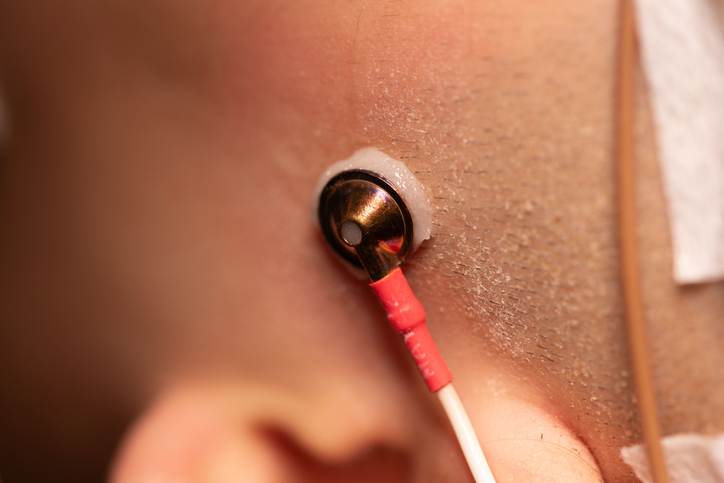
Using electrodermal activity to monitor stress in children with autism

Investigators examined whether tracking stress responses in patients with autism spectrum disorder can help improve cooperation during dental treatment.
In a study published in Cureus, the investigators explored the use of electrodermal activity to measure physiological stress responses in three pediatric patients with autism spectrum disorder — with the goal of evaluating strategies designed to enhance cooperation during dental treatments in a sensory-adapted dental environment.
The investigators found that electrodermal activity was an effective tool for monitoring stress responses in these patients. Stress responses included phasic activity during periods of bright lights, in unfamiliar settings and in confined spaces. However, interventions such as firm pressure, dim lighting, avoidance of loud noises, sensory toys and social stories that were tailored to each individual patient’s needs helped reduce stress levels.
“These findings highlight the importance of adapting dental environments and protocols to accommodate the unique needs of children with [autism spectrum disorder], with collaborative efforts from occupational therapists and dentists,” concluded the study authors.
Read more: Cureus
The article presented here is intended to inform you about the broader media perspective on dentistry, regardless of its alignment with the ADA's stance. It is important to note that publication of an article does not imply the ADA's endorsement, agreement, or promotion of its content.